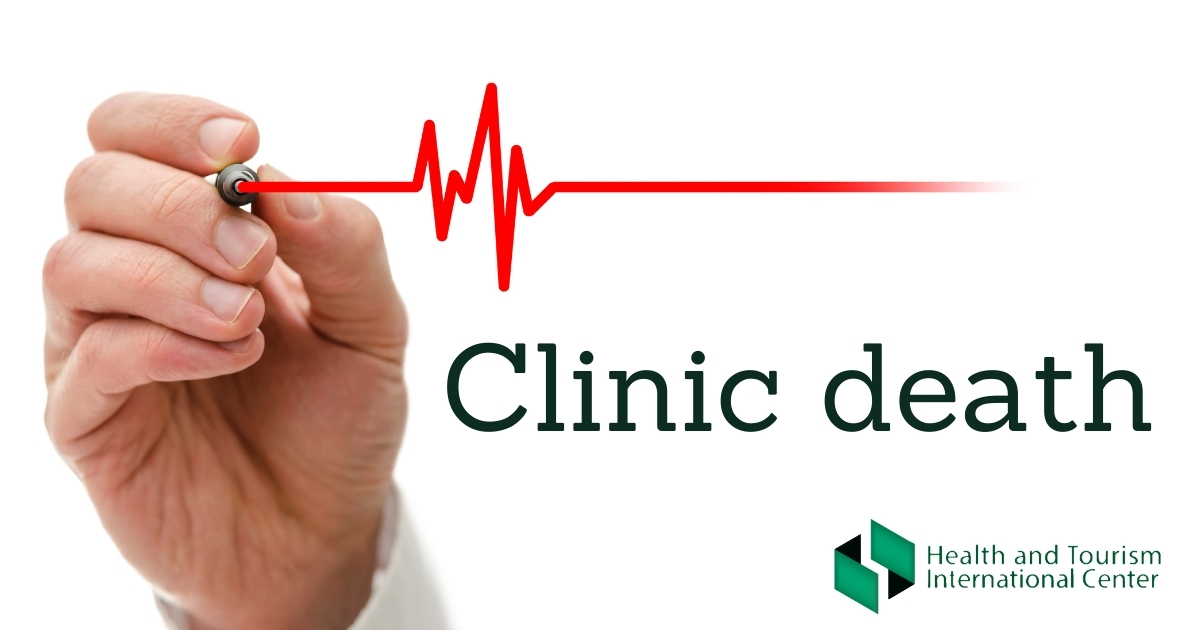What is clinical death?
Clinical death is still one of the unexplained phenomena, about which scientists have no definite answer, so there are many theories.
Clinical death is an incurable condition in which there are no signs of life, although biological death has not yet been established.
Patients who have experienced clinical death are known to have visions.
On the Internet, you can read a number of materials in which patients recall what they saw at the time of clinical death.
They usually call the following:
- I saw a long and dark tunnel, at the end of which a bright light was visible;
- I looked at my body from a certain distance;
- I met a deceased relative;
- I watched certain episodes from my life;
- As if I was standing in front of the border and for some reason did not cross the line, did not want to walk;
- I heard someone say that I need to go back;
- As if I was swimming;
- It seemed to me that I was running somewhere.
According to scientists, clinical death is a condition, a window that lies between death and life, when doctors can still bring a patient to consciousness.
Resuscitators say this is a period when the heart and other vital systems are suppressed while the brain is still functioning.
Medicine believes that life ends (the patient is declared dead) when the brain ceases to function, i.e. irreversible changes develop.
Clinical death is estimated to last 4-5 minutes (maximum 6 minutes).
Some neurologists and neurosurgeons have their own opinion about the famous scenes of clinical death (tunnel, shots from youth, feeling of falling, dead loved ones). It is said that because the brain is not supplied with oxygen, "tunnel vision" develops against the background of hypoxia.
Some scientists have suggested that because new memory is suppressed during clinical death, the patient is reminded of familiar stories from the past.
Clinical death can be caused by a variety of polytraumas with open or closed brain lesions.
Also, the cause of clinical death can be superficial irritations on the body and various types of shock that have developed against this background, such as: traumatic, hemorrhagic, anaphylactic, cardiogenic and other types of shocks. We are talking about all forms of shock that lead to a fatal condition and can result in clinical death.
It should be noted that with the correct, timely resuscitation of the above pathological condition, the patient can be saved.

